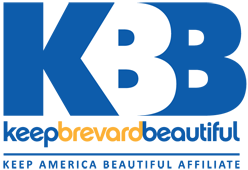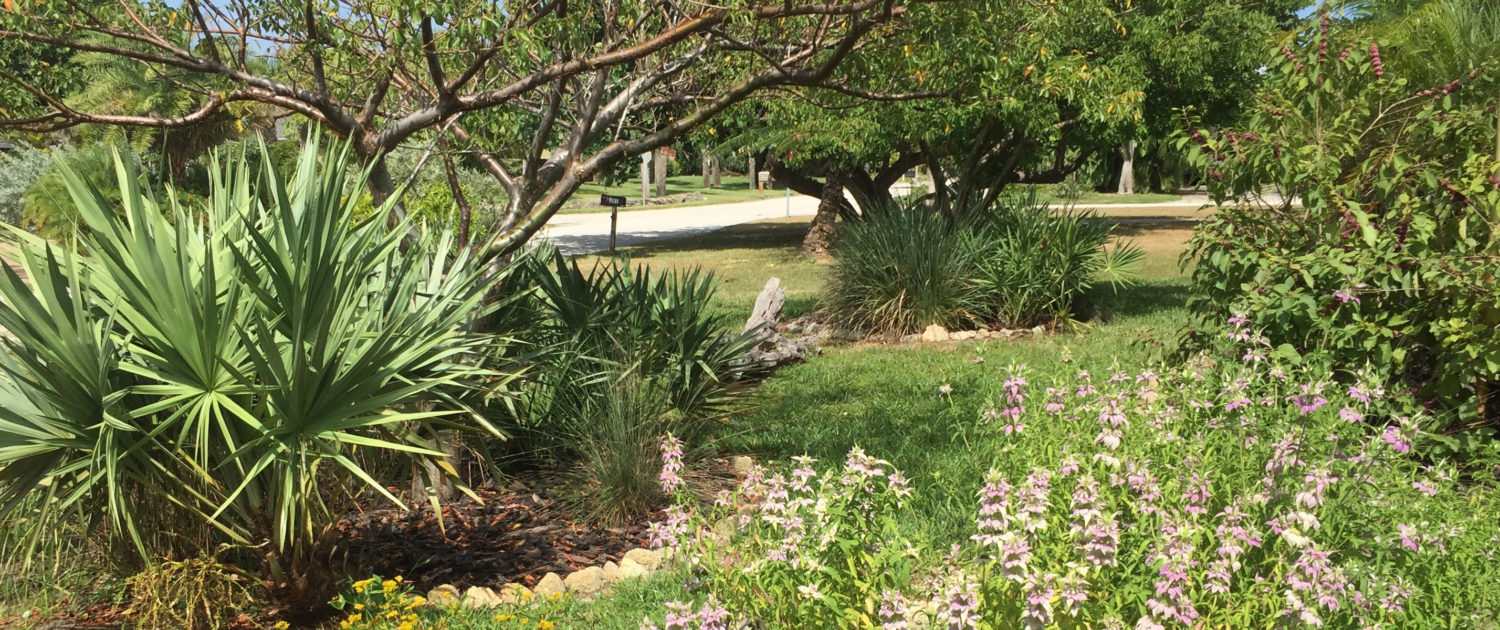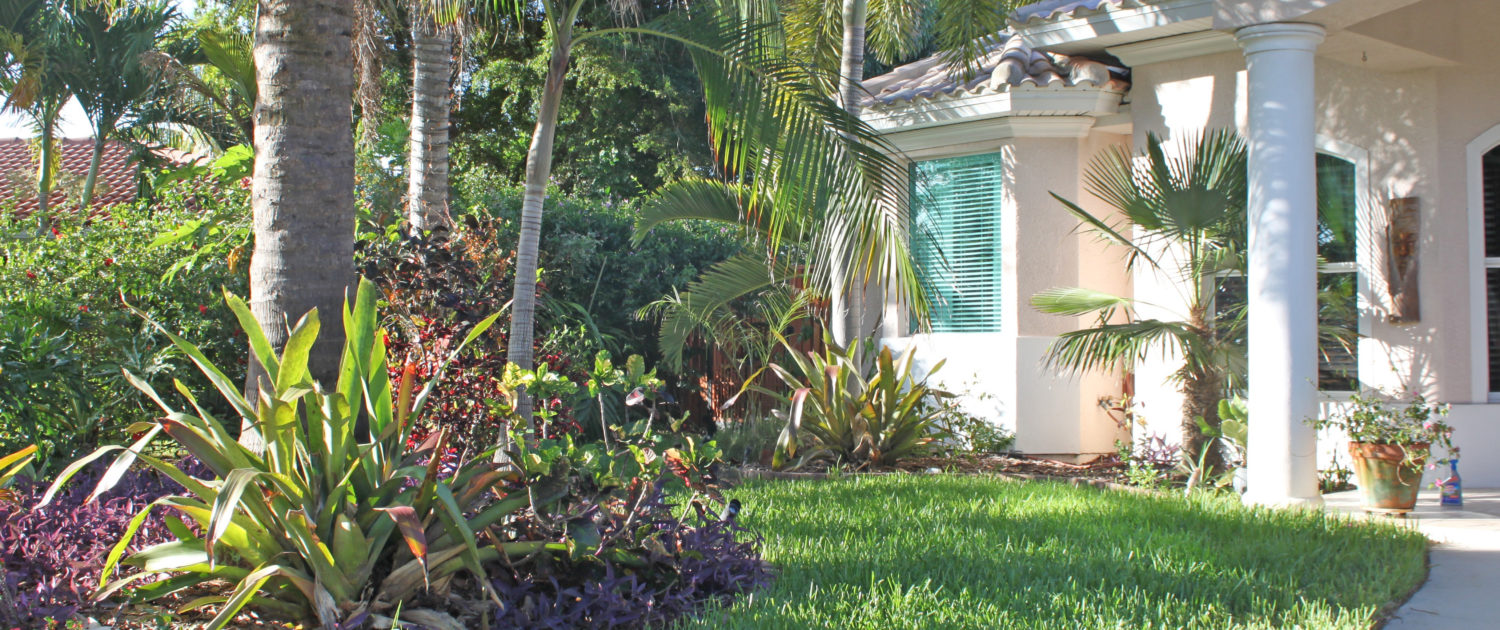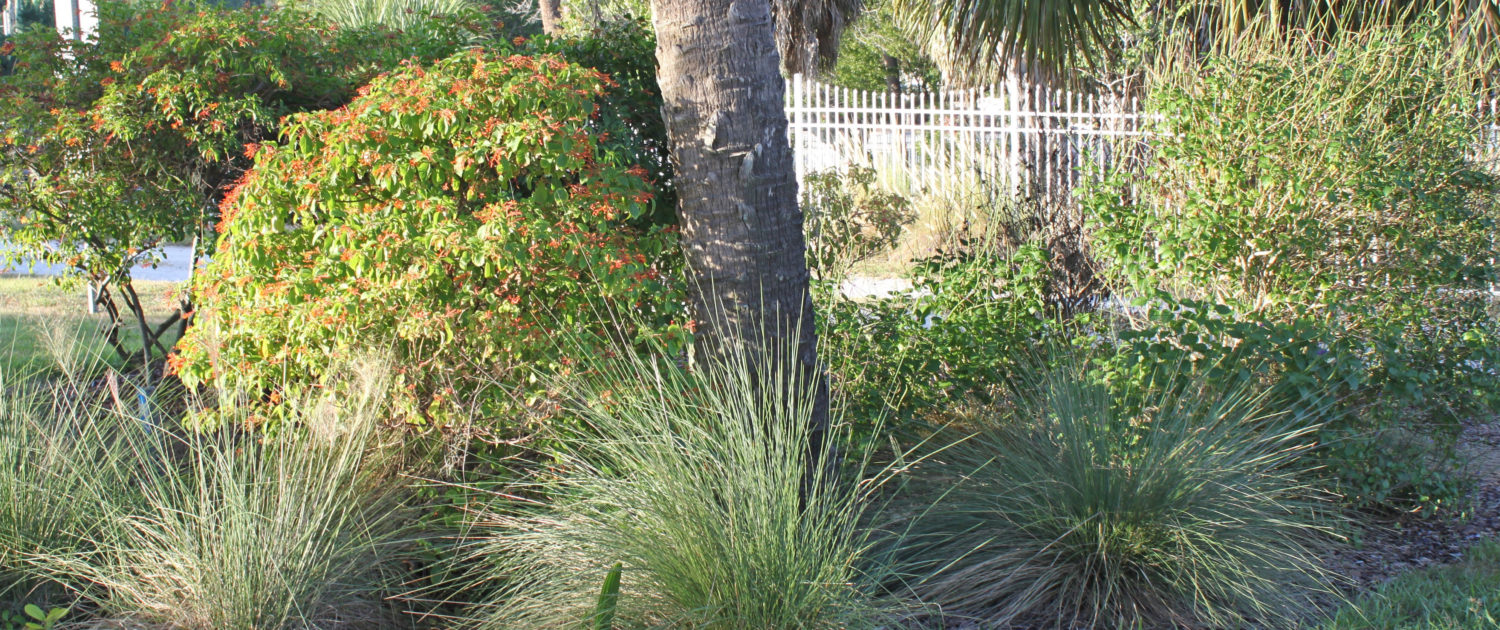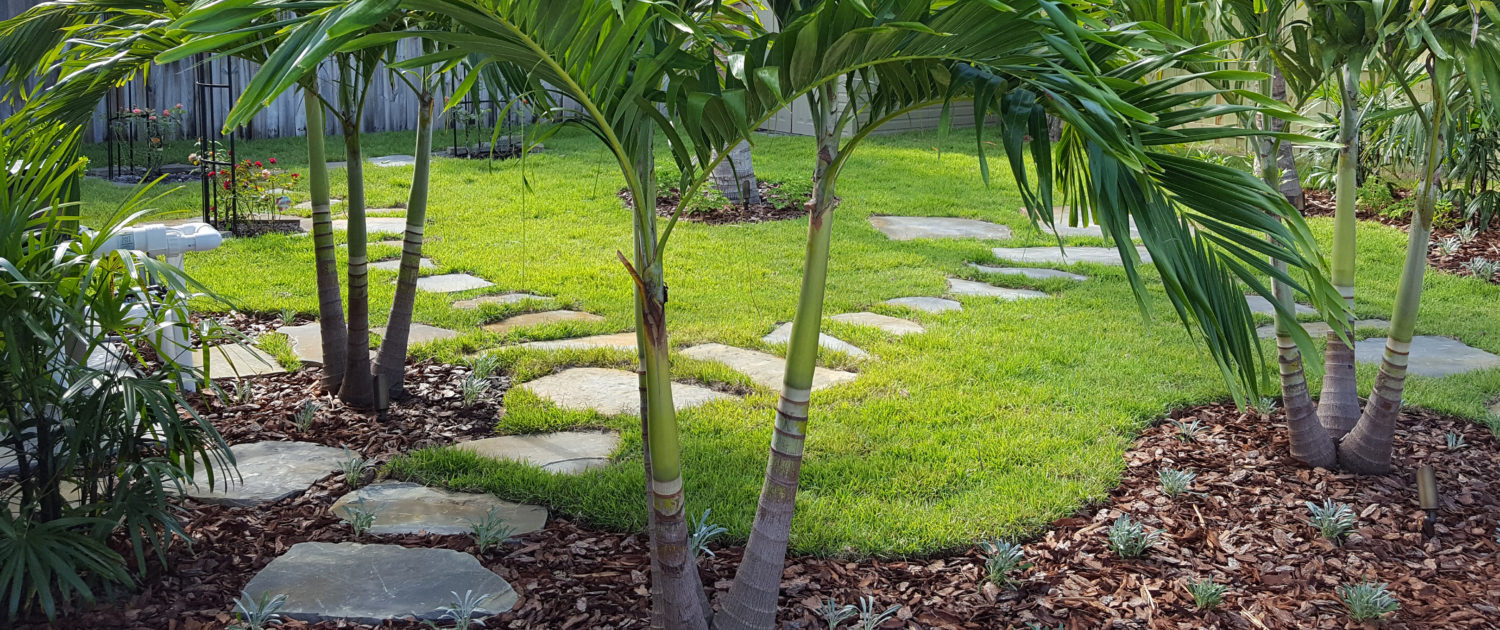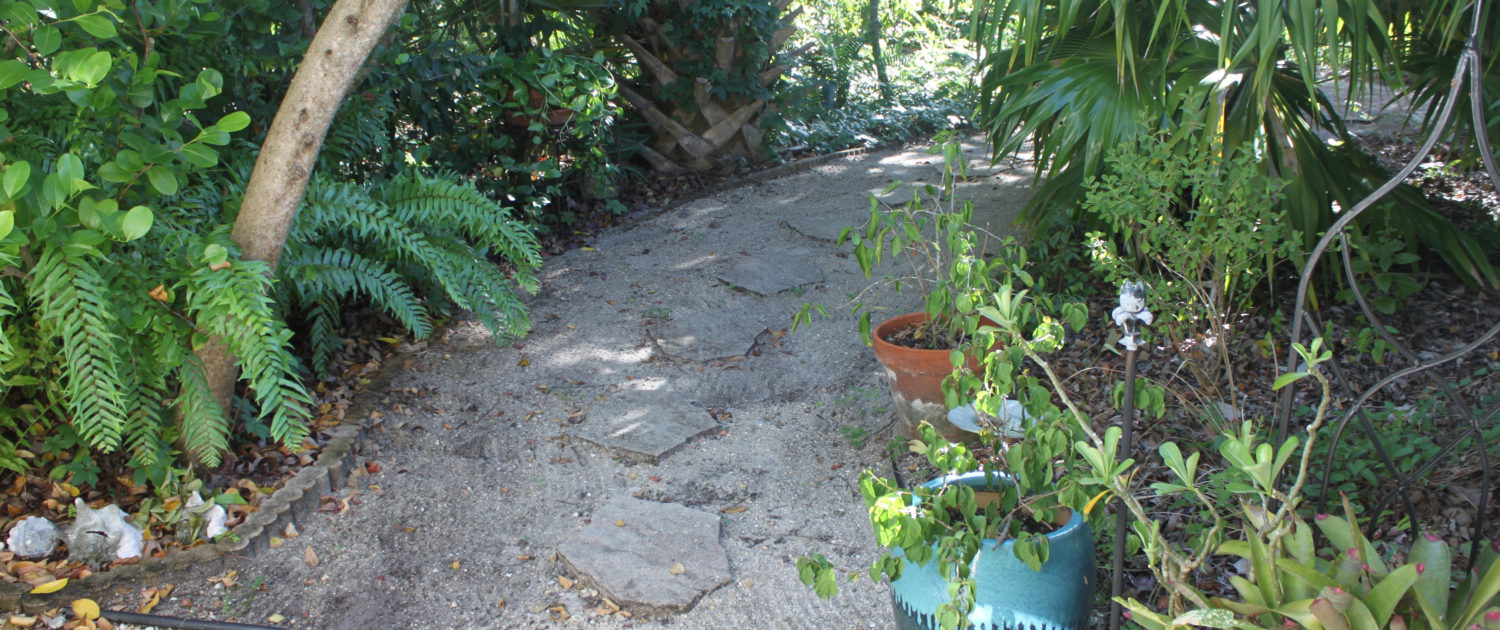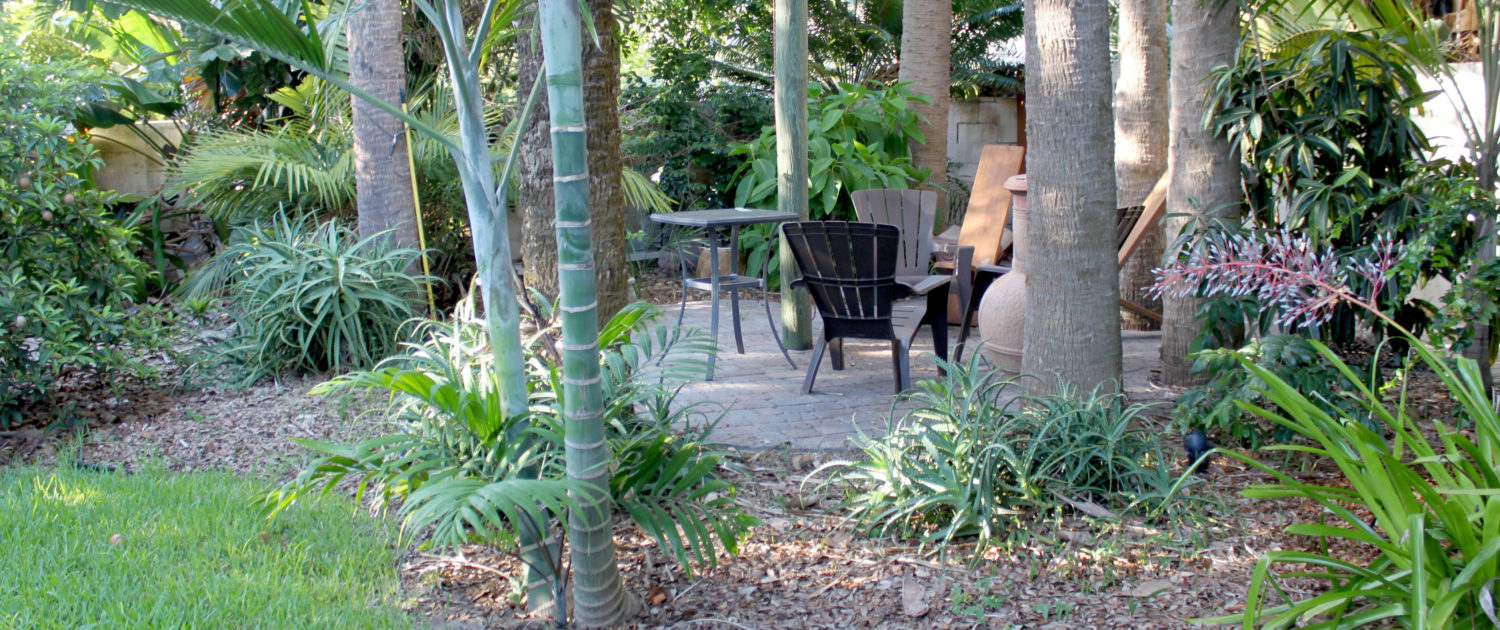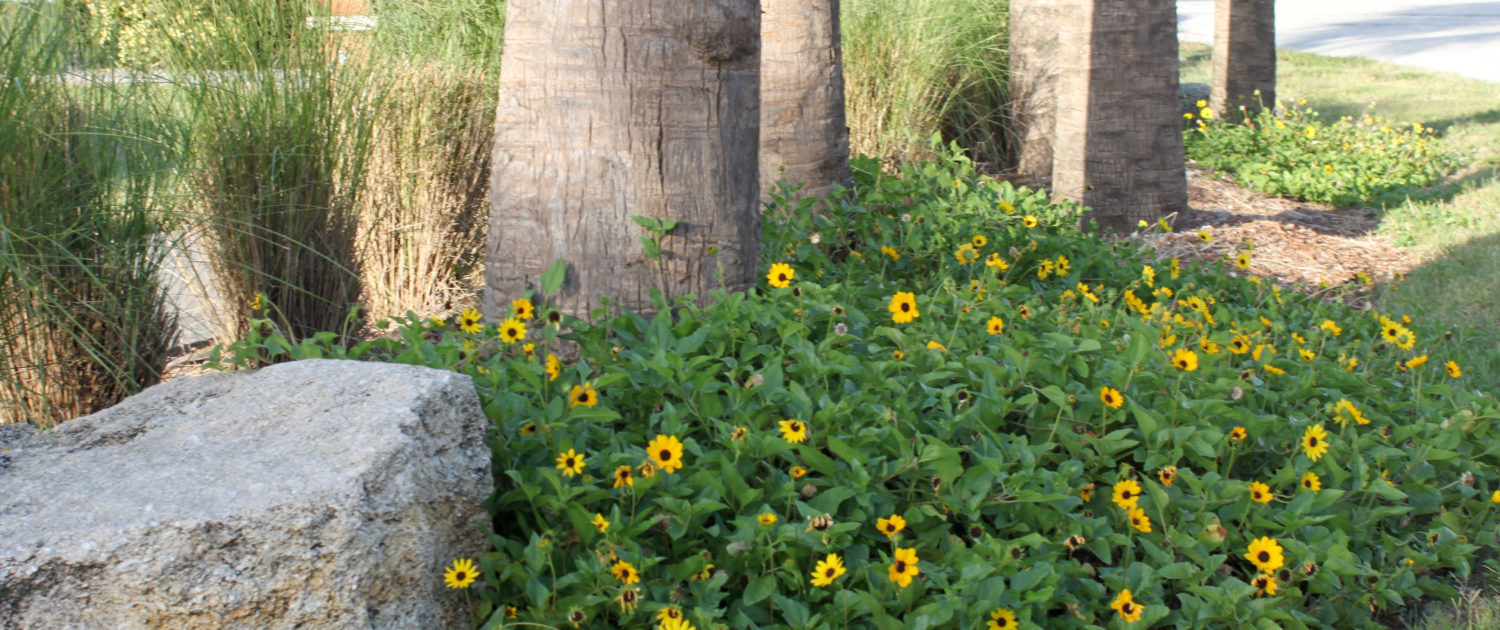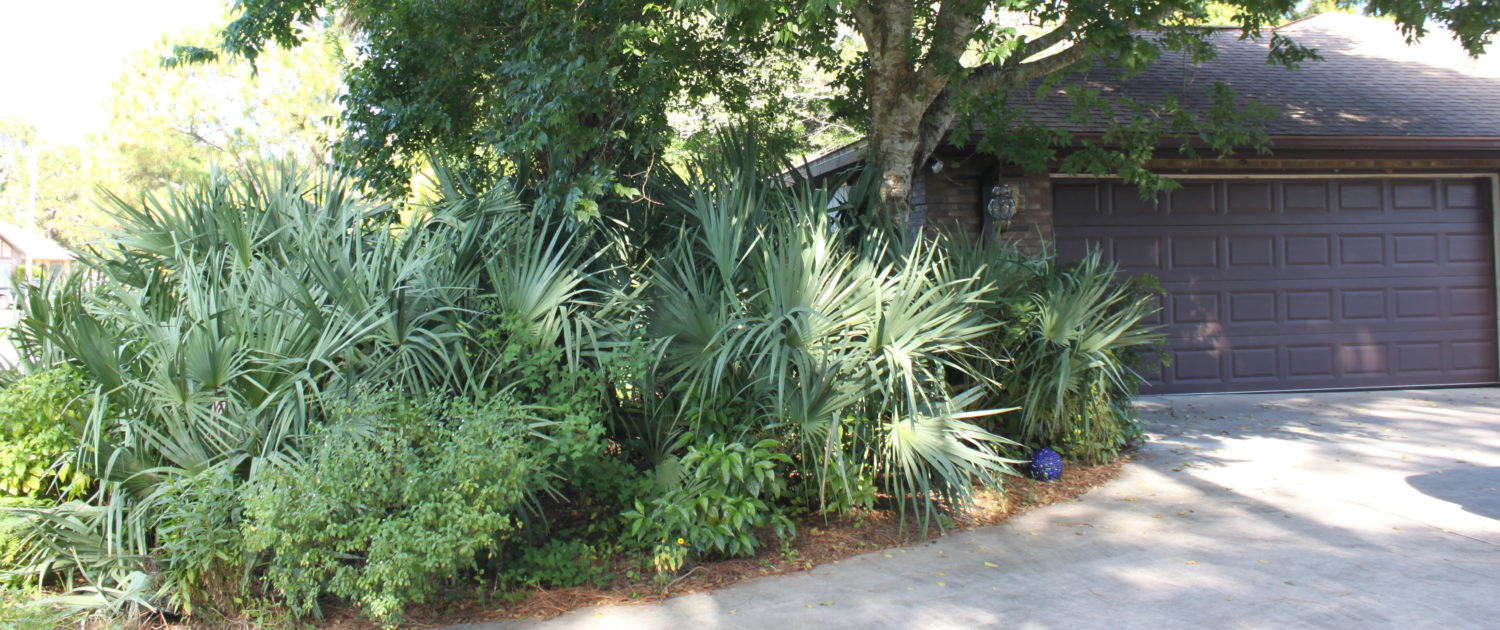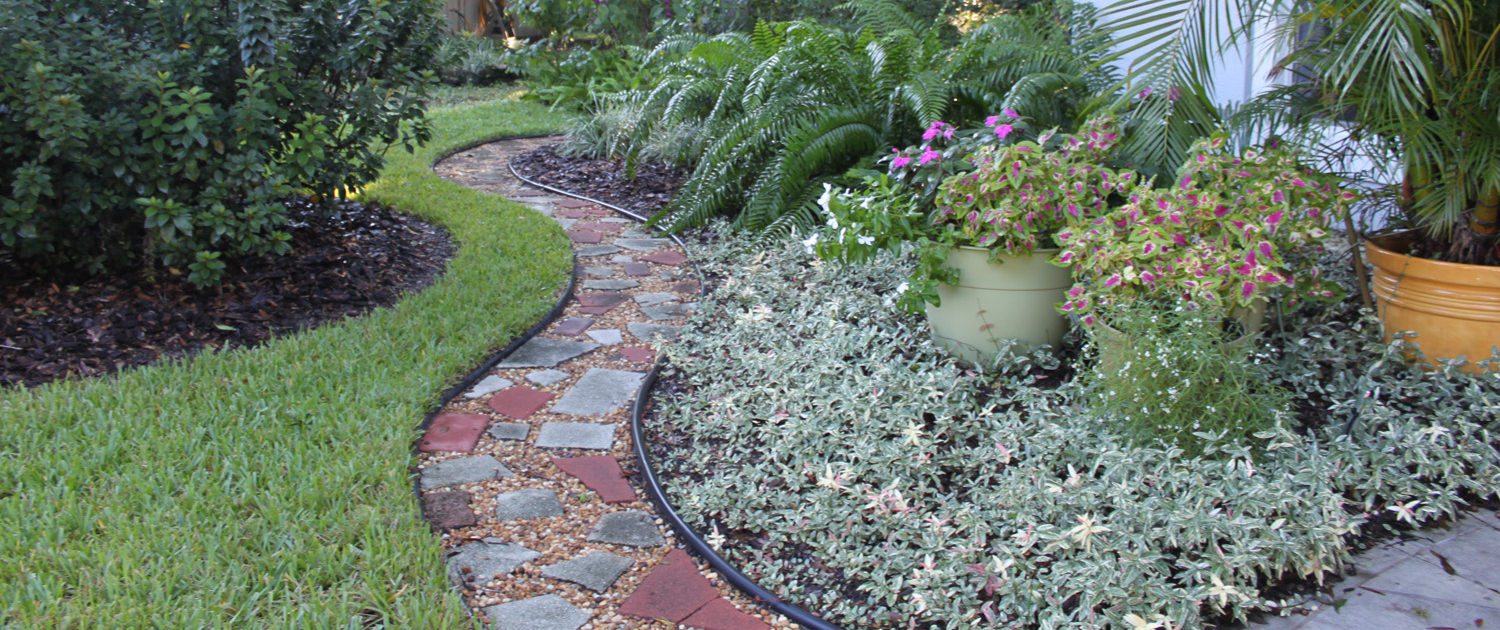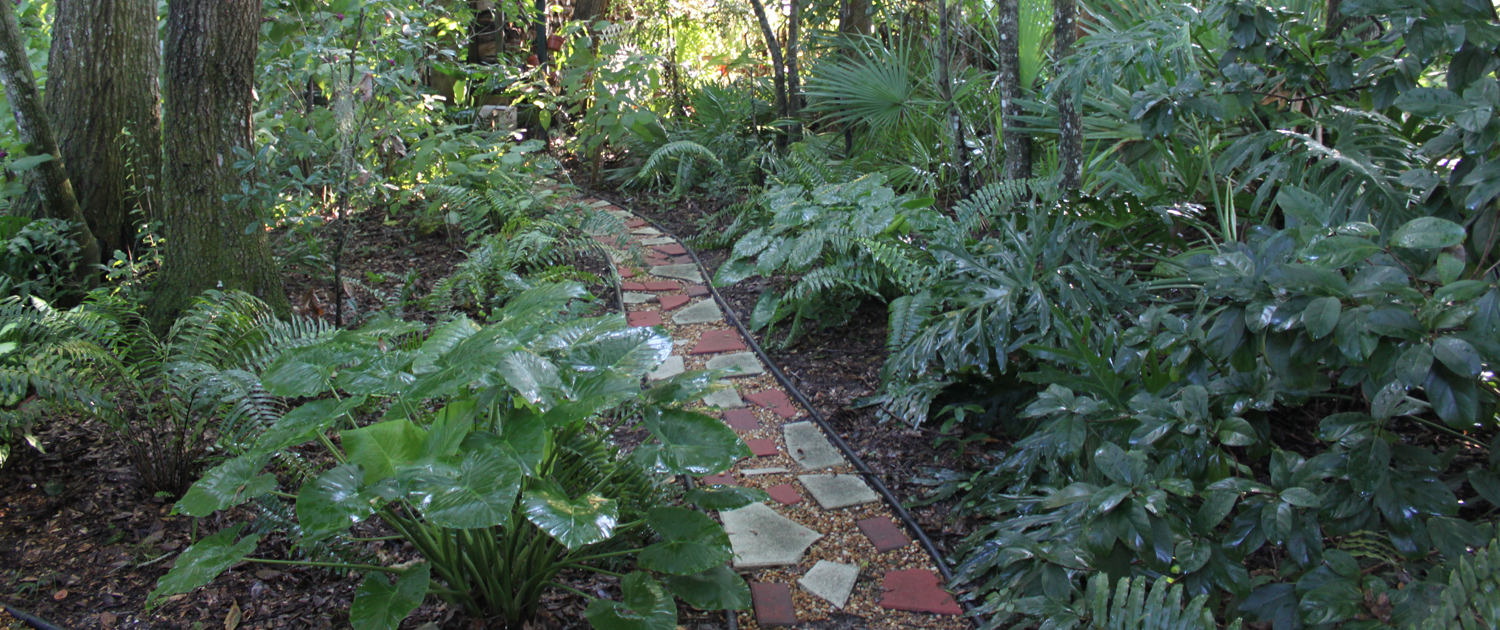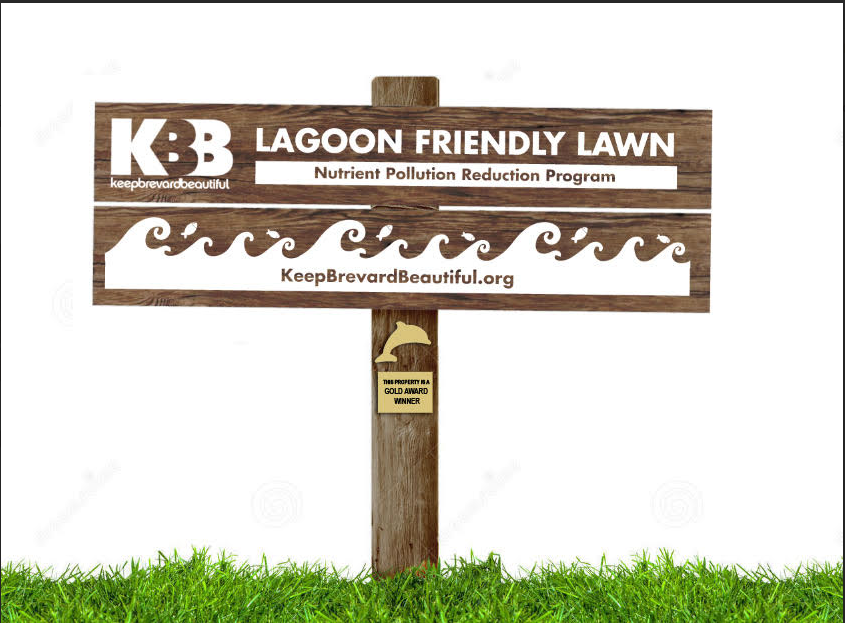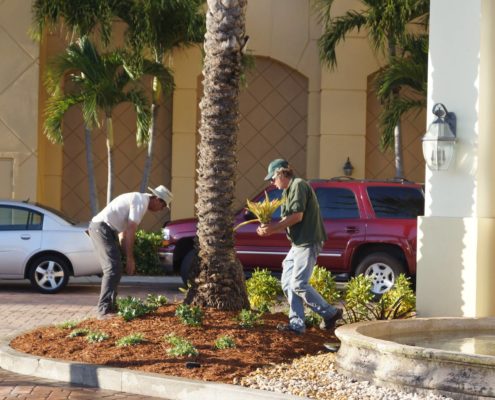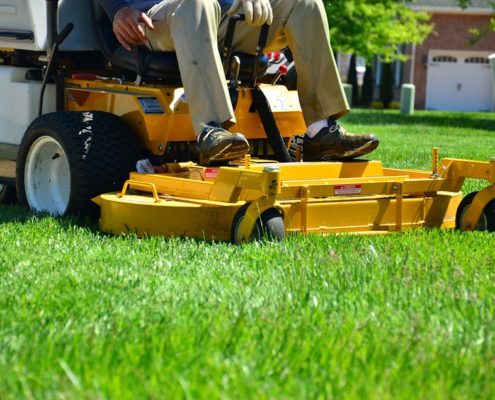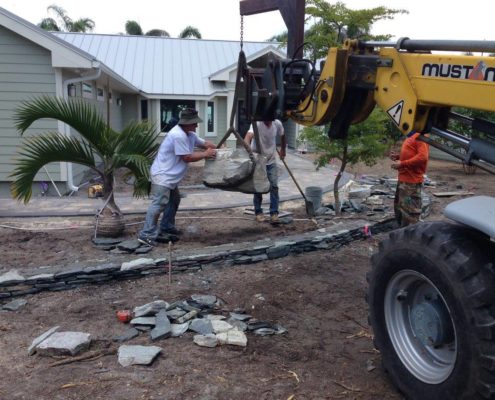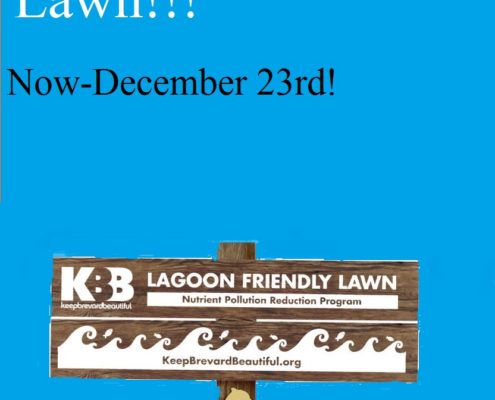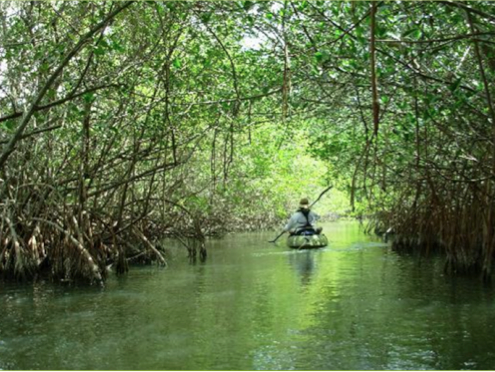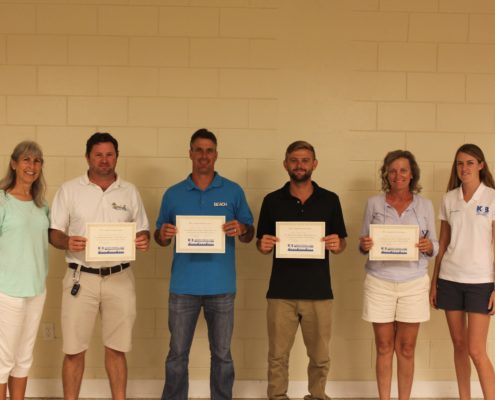Protecting the Indian River Lagoon starts right in your backyard! Keep Brevard Beautiful’s new Lagoon Friendly Lawns program, in partnership with the Indian River Lagoon National Estuary Program, is recognizing local residents who are helping to prevent algal blooms and fish kills by minimizing nutrient pollution and stormwater runoff from their yards and restoring ecosystem functions with native plants.
The Indian River Lagoon is one of the most biologically diverse estuaries in North America, providing a home for more than 4,000 species and contributing $3.7 billion per year to local economies. But nutrient pollution from sources like lawn fertilizer and runoff from residential areas fuels large-scale algal blooms that can smother critical seagrass beds and cause massive fish kills. This ecosystem collapse impacts both people and wildlife.
Through the Lagoon Friendly Lawns program, we can all be part of a community-level solution by making positive behavior changes when it comes to the care and keeping of our lawns.
The Four Core Concepts:
Minimize Nutrient Pollution
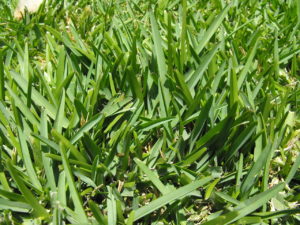
Nutrients released in your yard have the ability to enter the lagoon by making their way into stormwater or groundwater.
Make sure you follow all local fertilizer ordinances, including the rainy season fertilizer ban from June-Sept, and during the rest of the year, apply phosphorous only if a soil test shows it’s needed. Use a fertilizer with at least 50% slow release nitrogen fertilizer and don’t apply more than one pound of nitrogen per 1000 square feet.
Also be sure to keep lawn clippings off of impervious surfaces like cement and out of water bodies and storm drains. Other nutrient sources include pet waste, pesticides and herbicides, and soaps like those used to wash cars. Please check out the following resources:
Reduce Turf Area
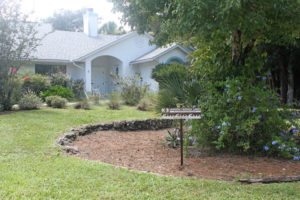
Reducing the amount of turf grass on your property is a great way to minimize nutrient inputs while adding interest to your landscape and minimizing maintenance.
Garden beds are a great alternative and can easily be maintained with either no irrigation or drip irrigation, a more efficient and minimal approach where water is delivered directly to plants beneath the ground.
Mulching flower beds minimizes maintenance, and there are a wide variety of sustainable mulch types that don’t contribute to deforestation. Check out these resources:
Reduce Stormwater Runoff
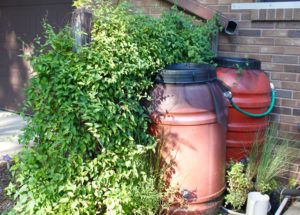
Minimizing or replacing impervious surfaces (like poured concrete) with surfaces that allow water to flow through into the ground (pavers, crushed concrete, mulched beds) can reduce the amount of stormwater runoff flowing into the lagoon from your property that carries nutrients with it.
Stormwater-capture landscape elements like rain barrels, swales, and rain gardens take this initiative one step further. Rain barrels can provide you with water to maintain your gardens, and swales, rain gardens, and other water penetrable surfaces contribute to important aquifer recharge.
It’s also important to make sure your irrigation system is properly calibrated, with rain shut-off devices, and to make sure you’re following all St Johns Water Management District watering restrictions to make sure you’re not over-irrigating. This technique both saves you money and prevents unnecessary contributions to stormwater run-off.
- DIY Rain Barrel How To:
- Rain garden examples
- Irrigation Guidelines
Restore Ecosystem Benefits
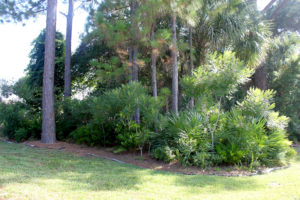
The best landscapes don’t just minimize our negative impacts on ecosystems; they seek to restore lost ecosystem benefits.
Basing your landscaping on native plant communities provides food and habitat for wildlife, plus native plants are perfectly adapted to our area, meaning they largely don’t require watering or fertilizer.
Removing exotic invasive plants from your property also helps to keep our ecosystems healthy, and for waterfront residents, incorporating a “living shoreline” community of plants and animals like mangroves, spartina grass and oysters can help to prevent erosion and naturally filter lagoon water.
Click each block above to learn more about the concepts underlying our Lagoon Friendly Lawns certification program for property owners. General Members focus on nutrient pollution reduction, while Silver Award winners also tackle turf area reduction and stormwater retention, and Gold Award winners use each of the four strategies. For additional help with lawn problems, contact our partners at UF/IFAS.
Certify Your Yard!
Submit Application
Click here to apply for Lagoon Friendly Lawn certification.
Submit Photos
Click here to submit photos of qualifying landscape features from your application.
Member Benefits
Eligible applicants get a beautiful lawn sign to showcase their efforts! Silver and Gold Award winners also get a special plaque and will be featured on our website, social media, and even in magazine articles! Donations for signs are appreciated.
Contractor’s Corner
Lagoon Friendly Lawns also offers a county-wide certification system for lawn-care contractors, developed in partnership with the City of Satellite Beach Sustainability Board. Any homeowner who utilizes a Lagoon Friendly Lawns contractor is automatically qualified for the member level of lawn certification in the areas of service provided by that contractor. Contractor certification applications and any violation reports are handled by a review board of scientists, business owners and municipal officials.
Resources For Contractors
Certified Properties
Upcoming Events
Program News & Updates
Contact/Questions
For further information on homeowner or contractor certification, program goals and methods, or opportunities for partnership and donation, contact john.nico@keepbrevardbeautiful.org



